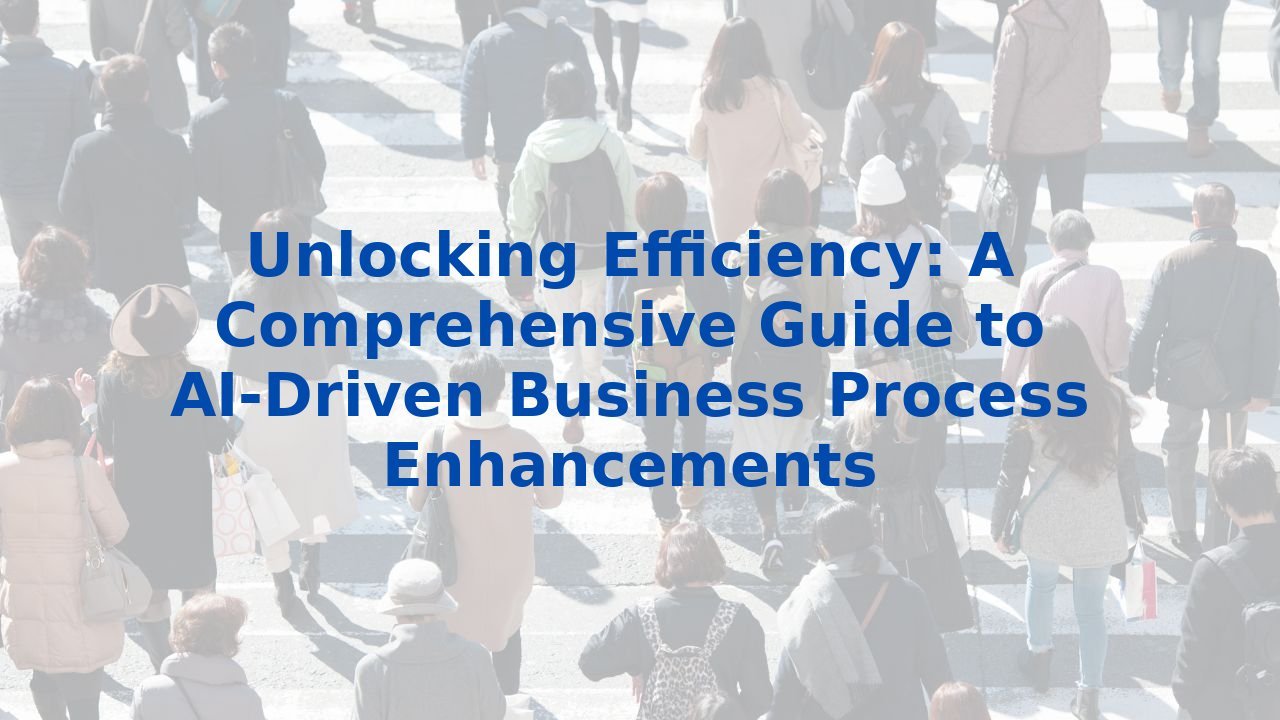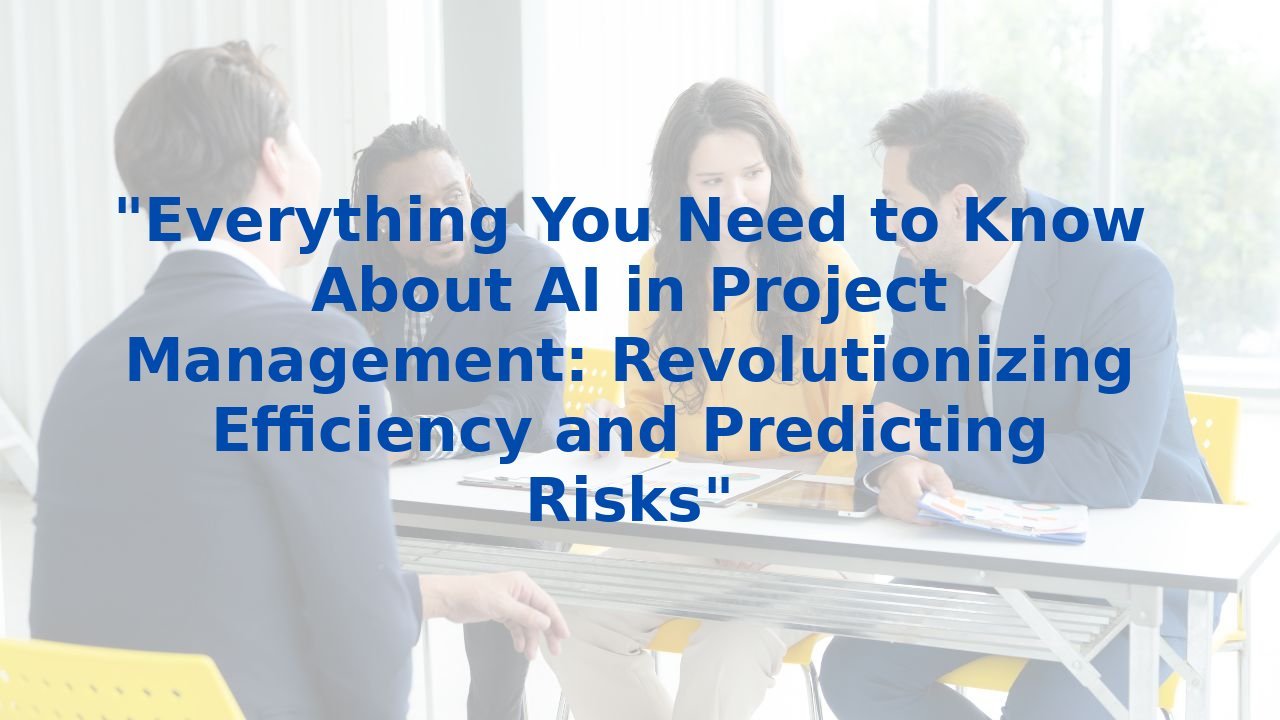Unlocking Efficiency: A Comprehensive Guide to AI-Driven Business Process Enhancements
Unlocking Efficiency: A Comprehensive Guide to AI-Driven Business Process Enhancements
In the ever-evolving landscape of business, organizations strive to maintain a competitive edge while navigating the complexities of efficiency, cost reduction, and informed decision-making. Enter Artificial Intelligence (AI)—an innovative force that is redefining the way businesses operate. This article explores how AI is enhancing traditional business processes and highlights the importance of employee training in harnessing the full power of this technology.
The Evolution of Business Process Management
Since its inception in the late 1980s, Business Process Management (BPM) has served as a foundational element for driving organizational efficiency. As technologies have advanced, BPM has adapted and integrated various tools to streamline operations. However, the recent infusion of AI into BPM represents a paradigm shift, enabling firms to achieve quicker results, improved decision-making, and heightened productivity.
How AI Enhances Business Processes
AI offers an array of benefits to business processes, fundamentally altering how organizations approach tasks and challenges:
Process Discovery and Mapping
One of the first significant channels through which AI can create value is through its process discovery capabilities. By utilizing process mining, pattern recognition, and natural language processing, AI can unveil existing workflows. This deeper understanding aids in developing accurate process maps, updating documentation, and uncovering inefficiencies that human analysis might overlook.
Process Automation
Automation is at the heart of AI’s efficiency-boosting potential. Tasks that once required manual labor can now be entrusted to AI, effectively minimizing human error. For example, AI-powered bots can handle routine data entry or administrative tasks, providing employees with the opportunity to redirect their focus toward high-impact, strategic initiatives.
Real-Time Monitoring and Optimization
With AI, organizations gain the ability to monitor processes in real time. This functionality allows for immediate interventions whenever needed, ensuring potential problems are tackled proactively. In a fast-paced environment, this agility can be a critical factor in capturing opportunities and maintaining operational fluidity.
Predictive Analytics and Risk Management
AI excels at analyzing historical data to forecast future scenarios. This capability enables organizations to identify bottlenecks and sidestep delays before they occur. As teams are presented with comprehensive insights and alternative outcomes, decision-making becomes more informed and strategic.
Enhanced Decision-Making
Perhaps one of the most transformative effects of AI lies in its capacity to support superior decision-making. By synthesizing data, uncovering trends, and identifying root causes, AI delivers insights that fuel continuous improvement. This empowers organizations to evaluate processes and team performance effectively, leading to a cycle of perpetual enhancement.
The Benefits of AI for Business Efficiency
The ramifications of incorporating AI into business processes are wide-reaching:
- Improved Productivity: By handling routine tasks and augmenting decision-making, AI naturally elevates productivity across teams.
- Reduced Costs: The reduction of manual labor through AI-driven automation directly correlates with lowered operational costs.
- Enhanced Customer Experience: Analyzing customer interactions and feedback through AI empowers organizations to personalize services and drive customer satisfaction.
- Better Compliance: AI’s capability to monitor processes in real-time enables organizations to stay compliant and quickly rectify deviations from standards.
The Role of Employee Training in AI Adoption
While AI presents remarkable opportunities, its true effectiveness hinges on a well-trained workforce. Companies need to cultivate an environment where employees are equipped with the necessary skills to utilize AI tools effectively. Here are some crucial elements:
- Understanding AI Tools: Employees must grasp how AI operates and how it can be seamlessly integrated into their daily workflows.
- Data Analysis Skills: Basic data analysis competencies are vital for interpreting AI-generated insights.
- Adaptability: An adaptable workforce is critical for navigating new technologies and ensuring efficient transitions to AI-driven systems.
- Continuous Learning: Ongoing educational initiatives are essential to keep employees informed of the latest developments in AI technologies and methodologies.
Conclusion
In conclusion, AI is a powerful catalyst for enhancing business processes, paving the way for heightened efficiency, improved decision-making, and cost reductions. However, for organizations to fully capitalize on AI, they must prioritize the training and development of their workforce. By committing to embrace employee education and fostering a culture of continuous learning, businesses can seamlessly transition into AI-driven workflows, positioning themselves for sustained success in an increasingly competitive marketplace.
Discover more about how to empower your team with AI skills through comprehensive training programs available to equip your entire workforce.



